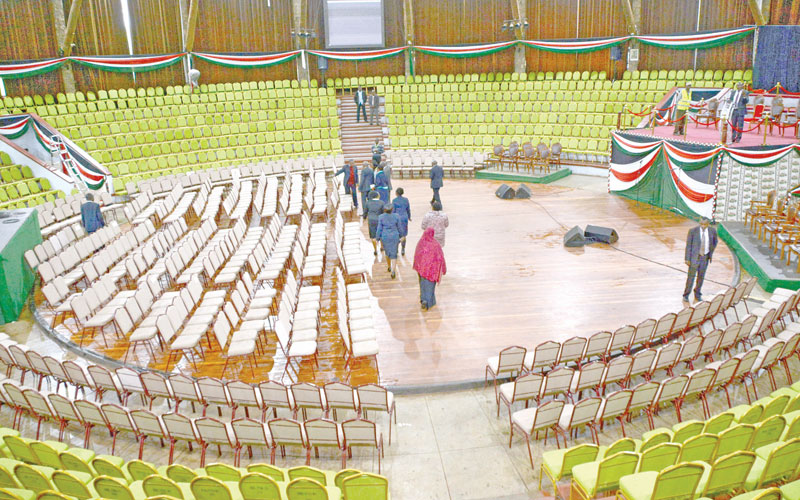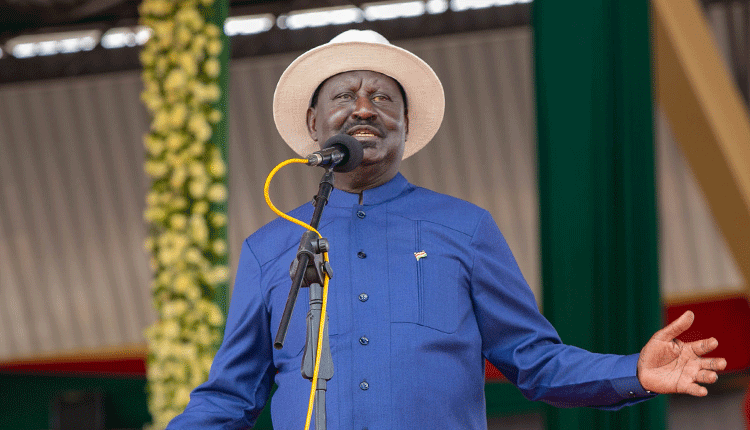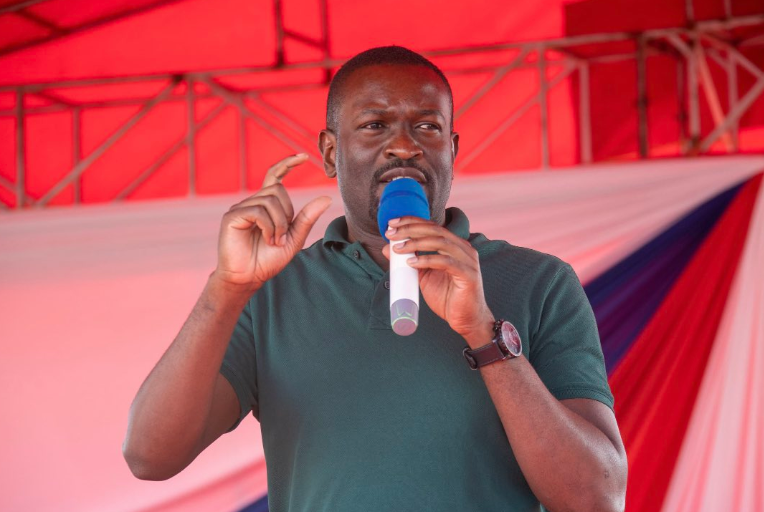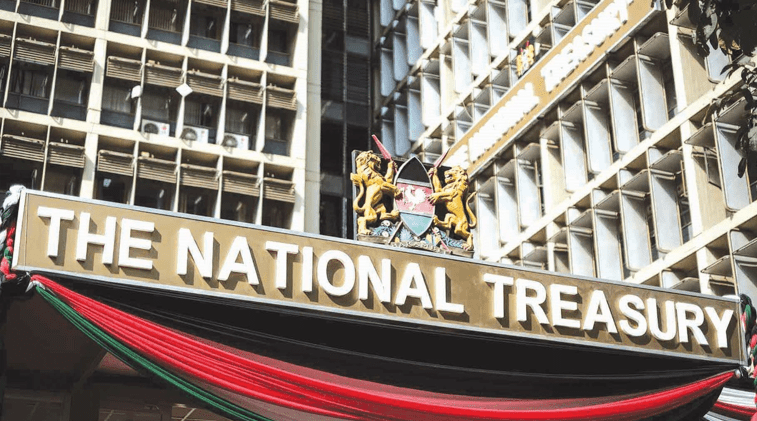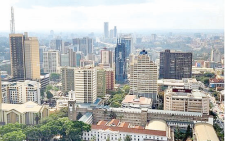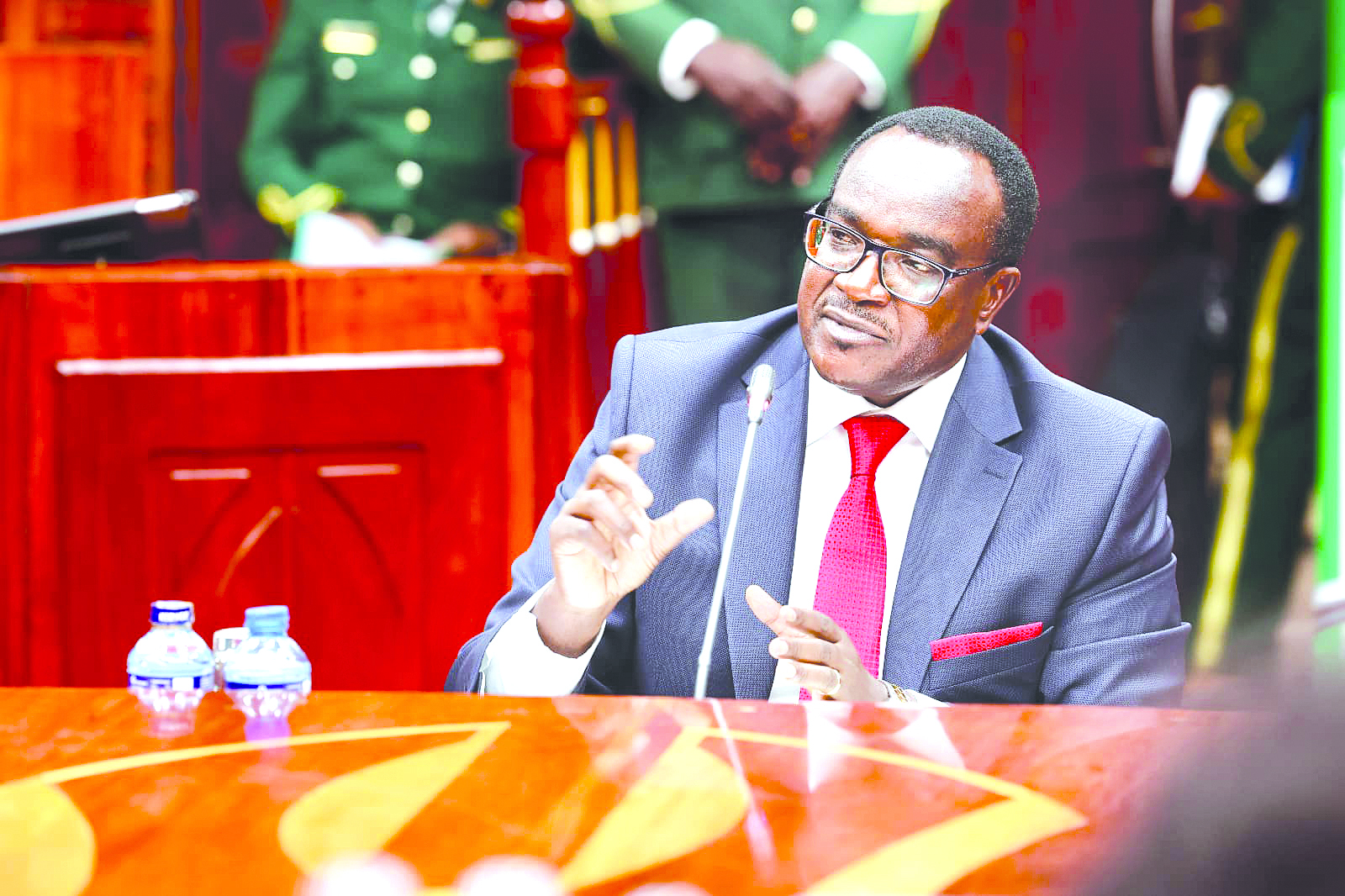Bomas to boost dwindling tourism sector post-Covid

Peter Gitaa
Like many nations around the globe, Kenya is currently grappling with one of the most biting economic effects of Covid-19: the dwindling tourist numbers.
Kenya is the third largest travel and tourism destination in Africa, after South Africa and Nigeria, and the tourism sector accounts for over four per cent to the country’s GDP.
Prior to the pandemic, Kenya received more than 2 million annual visitors, mainly from the US, the UK, India, China, Germany, France, and Italy.
But when Covid-19 struck, foreign tourist numbers fell by two-thirds last year, to fewer than 500,000 in the first 10 months of 2020. This cost the country about $1 billion in lost revenue.
This gruesome portrait of one of our flagship sectors calls for new and innovative thinking and this is where Bomas of Kenya joins the conversation.
Mooted by the Government of Kenya in 1971 for the sole purpose of preserving, maintaining, educating and promoting the diverse cultures of various ethnic groups in Kenya, Bomas of Kenya has remained the leading custodian of Kenya’s diverse cultures as a national heritage for prosperity and posterity.
As we mark our Golden Jubilee this month, we are fully aware that Kenyans have mandated us to preserve, maintain, educate and promote the rich and diverse cultures of all of the country’s ethnic groups.
Why is culture important to us as a nation? The framers of our constitution underlined the critical importance of culture in a progressive society and that is why Article 11 of the Constitution recognises culture as the foundation of the nation and as the cumulative civilization of the Kenyan people.
With the current growing interest in cultural heritage globally, growth in cultural tourism has increased a positive worldview of the importance of cultural resources as a tool for creating economic development while preserving cultural resources.
As the country’s top foreign exchange earner, tourism depends on people and as we re-think on how to make it sustainable for Kenya in the post Covid-19 phase, local communities will be critical in this paradigm shift.
This is why we must pool our resources and promote cultural tourism to boost the country’s tourism as international travel resumes in the post-pandemic phase.
Such a move will not only trigger the process of reviving the dwindling fortunes of the sector, but it will also foster unity and national cohesion amongst the Kenyan communities.
Time has come for state and non-state actors to focus on the interface between tourism, culture, conservation and the use of natural resources for sustainable livelihoods.
There is no better institution that can play a pivotal role in the development and promotion of cultural tourism in this country than Bomas of Kenya.
As the world enters the post coronavirus phase, let us strategically embark on promoting tourism through our cultural heritage and to expand our attraction sites.
It is important that the practices of our various communities are preserved, maintained and promoted for the sake of our future generations through our cultural resources preservation and management policies.
It is in this light that Bomas of Kenya has already embarked on an infrastructural improvement programme to modernise the conferencing and exhibition facilities to not only make the state agency more sustainable but also support the developing niche of MICE which stands for Meetings, Incentives, Conferencing and Exhibitions being spearheaded by Tourism and Wildlife Cabinet Secretary Najib Balala in efforts to inject new life into the hospitality and tourism sectors.
As we mark our 50-year anniversary this month, we are launching an ultra-modern conference facility dubbed Baraza Hall with a seating capacity 950 delegates.
With the new facility, we are increasing the seating capacity of our conference facilities to about 5,500 making us one of the largest modern international convention and exhibition centres in East and Central Africa and a game changer in the sector in the next 50 years.
As Kenya marches forward into the post-pandemic period, it is important to note that with the ongoing infrastructural development in Nairobi encompassing the Standard Gauge Railway, the Nairobi Expressway, Waiyaki Way among other flagship projects, Nairobi’s ratings as one of the best investment hubs in Africa gives Kenya an opportunity to be the preferred host of mega business tourism that will attract thousands of local and international tourists.
In this regard, the ongoing and planned infrastructural development in Bomas of Kenya will position the corporation as the preferred and leading modern centre of excellence in MICE business in Africa due to its location while preserving our cultural diversity.
Let us join together as we celebrate our 50th anniversary in promoting cultural tourism to boost Kenya’s sustainable development in the post Covid-19 phase for us to meet our Vision 2030 aspirations. — The writer is the Chief Executive Officer, Bomas of Kenya —[email protected]
